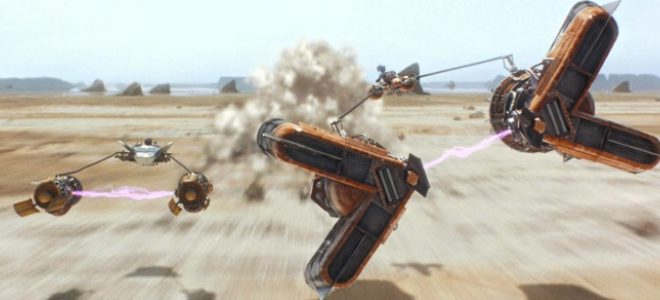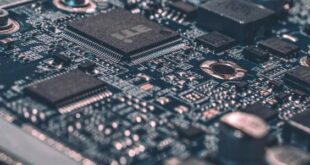Those who watched The Space Between Us would surely have a fresh memory of the plane that Gary Oldman’s character flew from the ground into space. The plane probably used plasma jet engines and they are being developed on Earth right now. Still. to make that plane a reality will take quite some time.
A team of researchers from the Technical University of Berlin spoke to New Scientist about their plasma jet fuel engine that can propel a plane into the air. to the edge of space. using nothing but electricity and air. Well. “nothing but” is a bit too mildly put. as the electricity that the engines would use will have to come from somewhere. like a battery.
The leader of the team told New Scientist’s Sandrine Ceurstemont that “We are the first to produce fast and powerful plasma jets at ground level. These jets of plasma can reach speeds of up to 20 kilometres a second.” Berkant Göksel. from Technical University of Berlin. added that “We want to develop a system that can operate above an altitude of 30 kilometres where standard jet engines cannot go.”
This is certainly an ambitious goal. and the first step seems promising. Plasma jet engines use electricity to generate electromagnetic fields. which then compress a gas into plasma—the fuel in the heart of a star. This makes them extremely powerful. but also confined to labs because so far. they have all been designed to work in the vacuum of space or in very low pressures near the edge of the atmosphere.
Göksel’s team developed an engine that can work in the air. which was a major accomplishment. but the practical application of the invention is still years away. The engine that the team developed is actually an assembly of mini thrusters of 8 cm in length. An average airliner would need 10.000 of them to fly. and installing so many thrusters would be a challenge. Yet at most. only 1.000 of the mini thrusters would be required for smaller planes. which is why the team is targeting these for further tests.
An extraordinary metal is about to enter a super-cycle as demand is rapidly increasing and supply is vanishing. One small company has positioned itself to profit hugely from the coming price shock.
The more serious problem is the supply of electricity. Whatever the size of the plane that will go to the edge of space thanks to the plasma jet thrusters. it will need to carry with it a battery. or as one Israeli researcher said. “a small electrical power plant.
Today’s batteries are not up to this task. For example. a Tesla Model S battery weighs about half a ton and has a capacity of 85 kWh. The battery provides the energy for the 380-horse power electric engine. The engine of a Boeing 747-400. on the other hand. has a power that equals more than 95000 horse power. In other words. for the plasma jet technology to become commercially viable. another invention is needed: a lightweight. super energy-dense battery that can be mounted on the aircraft.
For Göksel. there are alternatives. such as solar panels—again a challenging option—or wireless transfer of energy to the plane’s engine. The researcher. however. is pinning most of his hopes on advancements in compact fusion reactors. This could solve the battery problem by going around it. However. even large-scale fusion reactors are not yet a viable alternative to traditional fission reactors. let alone compact ones. So while the hype is well deserved. a replication of Gary Oldman’s plane journey into space is still years away.

 Iran Energy News Oil, Gas, Petrochemical and Energy Field Specialized Channel
Iran Energy News Oil, Gas, Petrochemical and Energy Field Specialized Channel



